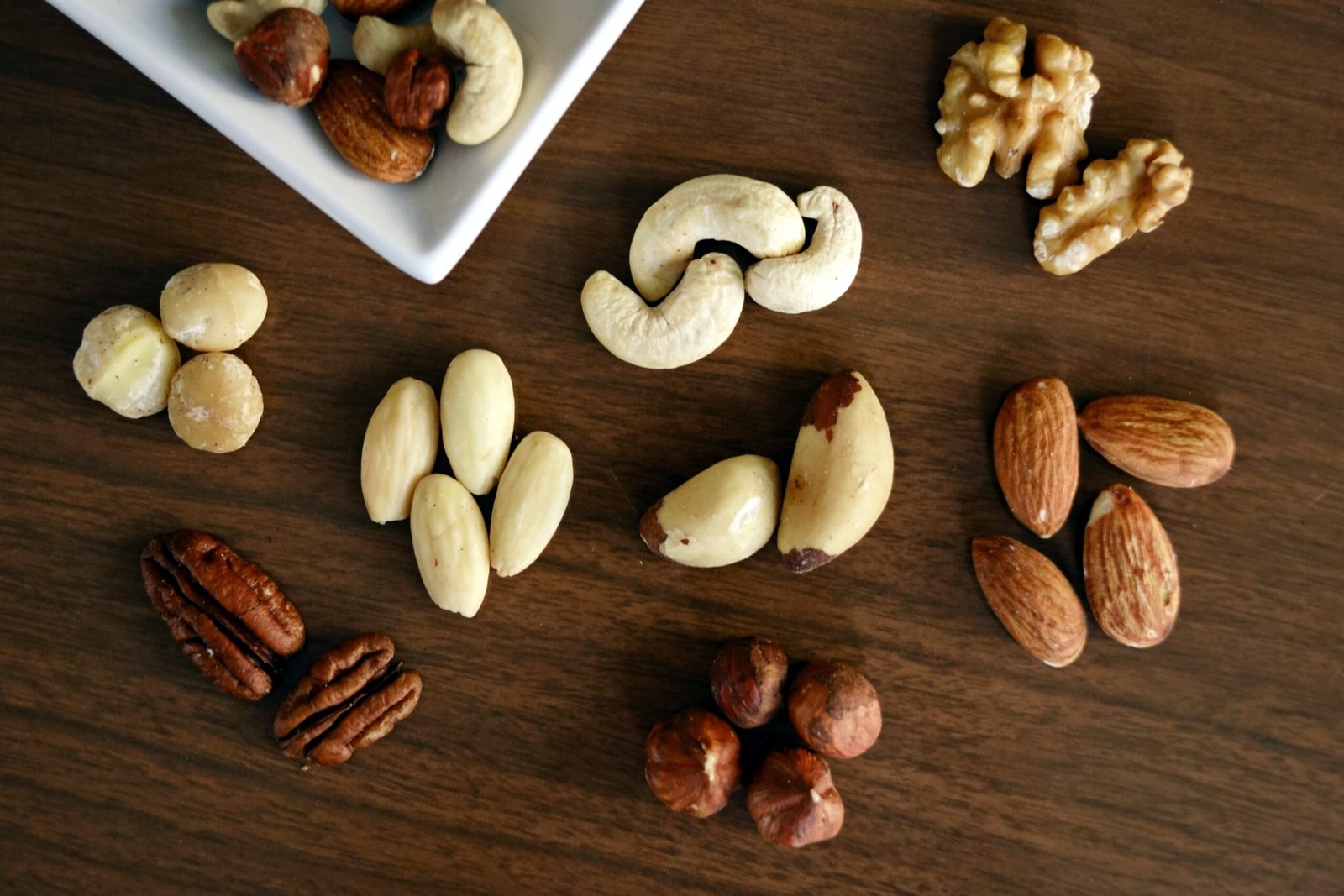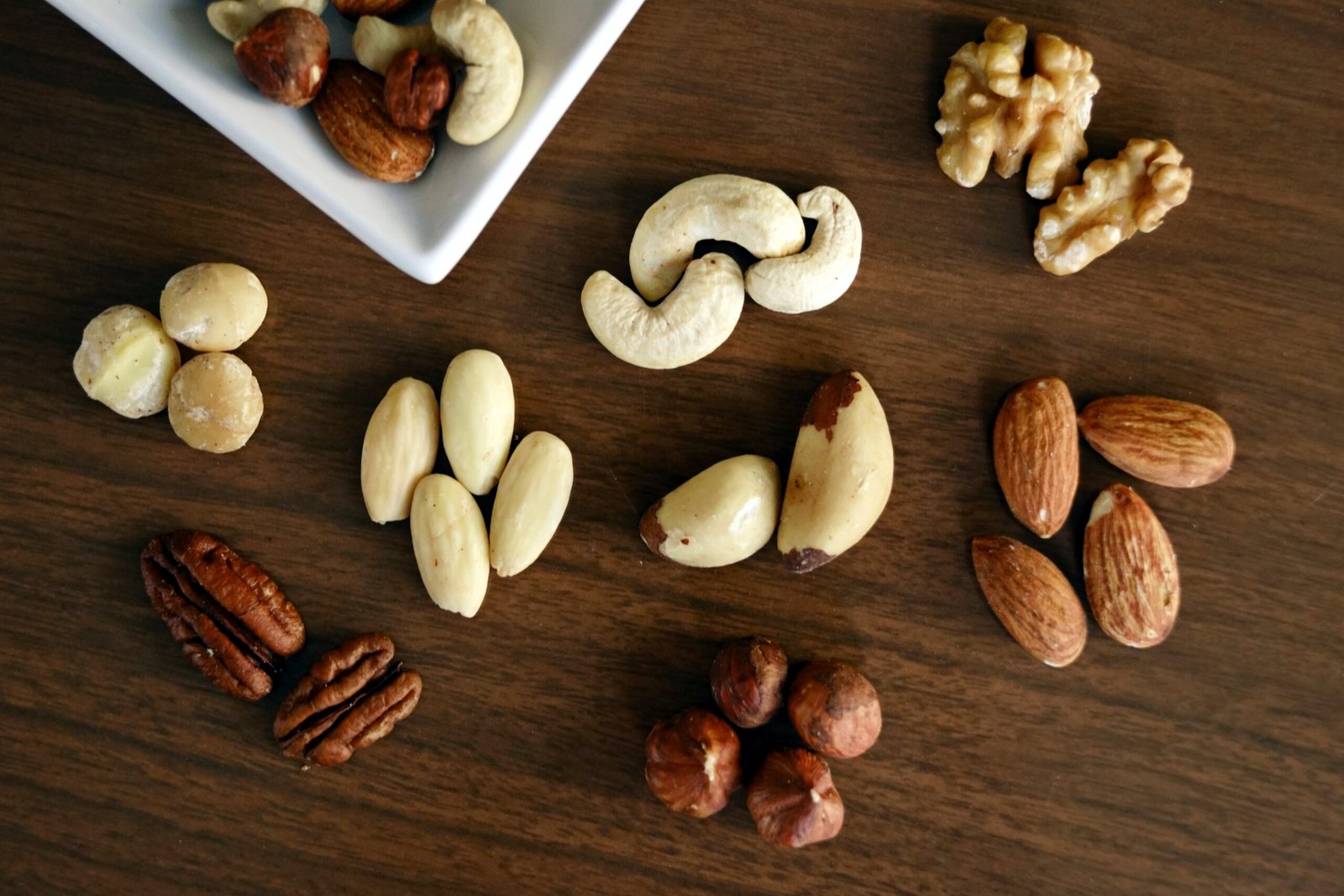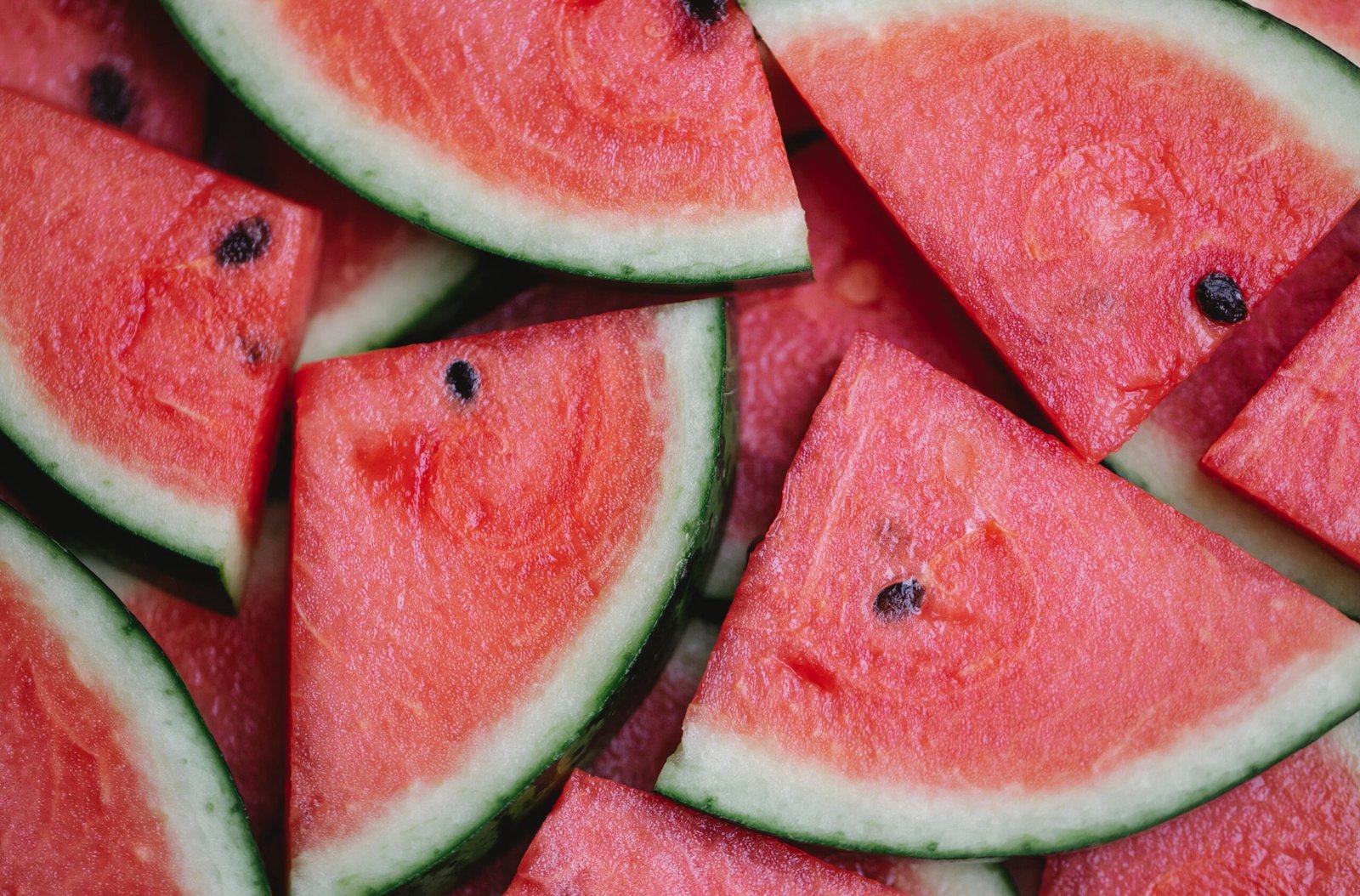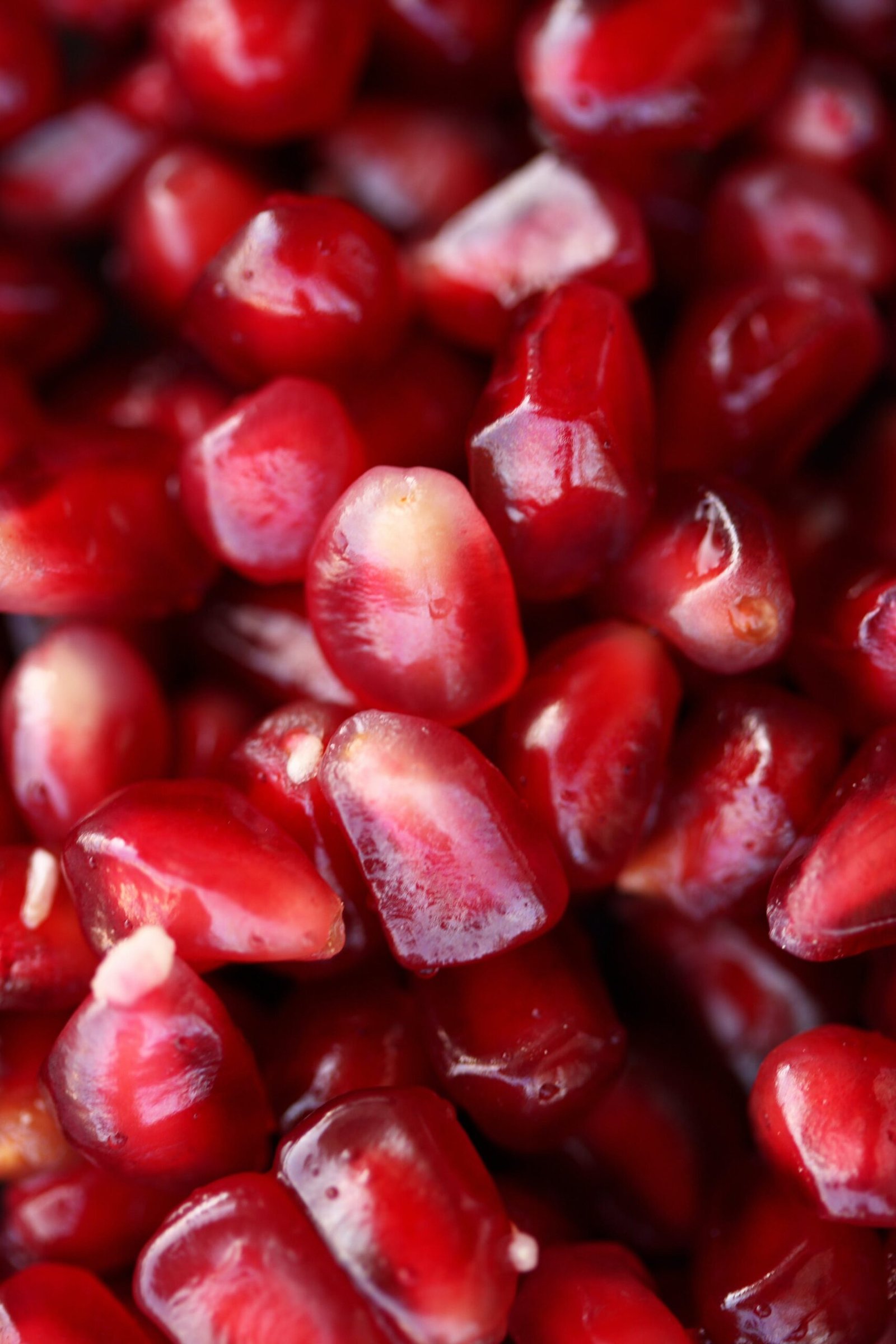
Have you ever wondered why it is essential to store seeds properly? Well, the answer lies in the significance of seed storage containers. When it comes to preserving the longevity and viability of seeds, having the right containers plays a crucial role. Not only do these containers protect seeds from moisture, pests, and temperature fluctuations, but they also ensure that the seeds remain viable for longer periods. In this article, we will explore the importance of proper seed storage containers and why they are a gardener’s best friend.
Benefits of Proper Seed Storage Containers
1.1 Maintaining Seed Viability
Proper seed storage containers play a crucial role in maintaining the viability of seeds. When seeds are stored in containers specifically designed for seed storage, they are protected from environmental factors that can degrade their quality over time. By keeping seeds in optimal conditions, such as controlled temperature and humidity levels, their germination rate and overall quality can be preserved for a longer period. This ensures that the seeds retain their ability to sprout and grow into healthy plants, providing you with a consistent and reliable source of seeds for future plantings.
1.2 Protecting Seeds from External Factors
One of the primary advantages of using proper seed storage containers is the ability to protect seeds from various external factors that can negatively impact their quality. These external factors include light, moisture, temperature fluctuations, and pests. Light exposure can lead to seed deterioration, as some seeds are sensitive to light and can lose their viability when exposed for prolonged periods. Moisture, on the other hand, can cause seed deterioration by promoting the growth of mold and mildew. Temperature fluctuations can also have a detrimental effect on seed viability, as extreme temperatures can damage seed tissues. By storing seeds in appropriate containers, you can shield them from these factors, ensuring their long-term viability.
1.3 Preventing Contamination
Proper seed storage containers not only protect seeds from external factors but also prevent contamination. Contamination can occur from pests, such as insects or rodents, that may find their way into improperly sealed containers. These pests can destroy seeds or introduce diseases that can spread to other seeds. By using airtight containers, you can create a barrier to prevent pests from accessing the seeds. Additionally, using clean and sanitized containers reduces the risk of introducing fungal or bacterial pathogens that can contaminate the seed supply. This prevents the spread of diseases and helps maintain the genetic purity of the seeds.
Choosing the Right Seed Storage Containers
2.1 Considerations for Seed Container Selection
When choosing seed storage containers, several factors should be taken into consideration to ensure maximum seed preservation:
2.1.1 Material
The material of the container is an important consideration. Containers made from materials such as glass, metal, or plastic are commonly used. Each material has its advantages and disadvantages. Glass containers are non-porous and do not react chemically with the seeds, ensuring a safe storage environment. Metal containers are durable and offer excellent protection against light and pests. Plastic containers are lightweight and generally more affordable, but they may not provide the same level of protection against external factors compared to glass or metal.
2.1.2 Size and Capacity
The size and capacity of the container are vital to accommodate the particular type and quantity of seeds you intend to store. It is essential to select containers that are spacious enough to accommodate the seeds without overcrowding, which can lead to moisture buildup and increased risk of contamination. Consider the size of your seed collection and choose containers accordingly to ensure proper ventilation and organization.
2.1.3 Airtightness
Airtight seed storage containers are crucial for preventing moisture and pests from entering. Properly sealed containers help create a controlled environment within, reducing the risk of seed damage and contamination. Look for containers with secure locking mechanisms or sealing features to ensure airtightness.
2.1.4 Light and Moisture Resistance
Seeds are sensitive to both light and moisture. Choose containers that are opaque or have light-blocking properties to shield seeds from light exposure. Moisture-resistant containers, such as those with a silicone seal or moisture-absorbing packets, help maintain optimal moisture levels and prevent mold growth. These features contribute to the preservation of seed quality and viability.
2.1.5 Ease of Use
Consider the ease of accessing and organizing seeds within the chosen containers. Containers with removable dividers or compartments can aid in organizing different seed varieties efficiently. Additionally, containers with clear lids or labels help easily identify the contents, streamlining the seed selection and retrieval process.
2.2 Examples of Suitable Seed Storage Containers
Some examples of suitable seed storage containers include glass mason jars, metal tins or cans, plastic vacuum-sealed bags, and plastic or metal storage boxes with airtight seals. These containers provide a range of options to choose from based on personal preferences and the specific requirements of your seed collection.

Proper Seed Storage Techniques
3.1 Labeling and Organization
Proper labeling and organization of seeds are essential for efficient seed storage and retrieval. Clearly label each container with the seed variety, date of storage, and any other relevant information. This ensures that you can easily identify and locate specific seeds when needed. Organize the containers systematically, either alphabetically or by plant type, to streamline the seed management process and prevent confusion.
3.2 Proper Cleaning and Drying of Seeds
Before storing seeds, it is crucial to clean them to remove any debris or contaminants. This can be done by gently rubbing or brushing the seeds to dislodge any attached materials. Once cleaned, allow the seeds to thoroughly dry before placing them in storage containers. Proper drying prevents the accumulation of moisture, which can lead to seed degradation or mold formation during storage.
3.3 Temperature and Humidity Control
Maintaining appropriate temperature and humidity conditions is critical for seed storage. The ideal temperature for most seeds is between 32°F (0°C) and 41°F (5°C). Cold temperatures slow down seed aging and help maintain seed viability. However, extreme cold can damage seeds, so it is important to avoid freezing temperatures. Additionally, controlling humidity levels below 50% is crucial to prevent mold growth and moisture-related damage. Consider using a humidity monitor or desiccant packs to maintain suitable conditions within the storage area.
3.4 Storage Location
The location where seeds are stored can greatly influence their longevity. Choose a cool, dry, and dark location for optimal seed storage. Avoid areas that are prone to temperature fluctuations, such as garages or attics. Basements, cellars, or refrigerators are suitable options, as they provide a relatively stable and controlled environment. Ensure that the storage area is well-ventilated and free from pests to further protect the seeds.
Preserving Seed Quality for Longer Durations
4.1 Seed Dormancy and Scarification
Some seeds possess natural dormancy mechanisms, which prevent germination until specific conditions are met. Understanding the dormancy characteristics of different seeds can help determine the appropriate treatment methods to break the dormancy. Scarification, which involves mechanically or chemically damaging the seed coat, can stimulate germination in dormant seeds. By carefully applying scarification techniques, you can enhance germination rates and improve seed quality.
4.2 Seed Treatments and Pre-soaking Methods
Certain seed treatments, such as stratification or cold-moist treatment, can improve seed germination in species that require specific environmental cues. These treatments mimic natural conditions necessary for seed germination and can greatly enhance the viability and success of seedlings. Pre-soaking seeds in water or other prescribed solutions before planting can also promote germination by softening the seed coat and initiating the germination process.
4.3 Understanding Seed Longevity and Viability Tests
Seeds have different lifespans, and understanding their longevity can help create effective storage strategies. Conducting seed viability tests, such as the germination test or tetrazolium test, provides valuable information about the percentage of viable seeds in a given sample. These tests help determine seed quality and guide decisions on whether to keep or discard old seeds. Regularly performing such tests ensures that you are working with seeds that have a high chance of successful germination.

Importance of Regularly Monitoring and Testing Stored Seeds
5.1 Seed Germination Testing
Regularly testing the germination rate of stored seeds is essential to assess their vitality and determine their planting potential. Conducting germination tests involves planting a representative sample of seeds, providing optimal conditions for germination, and monitoring their progress. By regularly monitoring seed germination, you can identify any decline in viability and adjust storage conditions or replace old seeds as needed.
5.2 Vigor Testing
Aside from germination tests, vigor tests can provide additional insights into seed quality and performance. Vigor tests assess the vigor or strength of seeds by measuring characteristics such as seedling growth rate, seedling weight, or electrical conductivity. These tests help identify seeds with higher germination potential and ensure that only the healthiest seeds are used for planting.
5.3 Detecting and Preventing Seed-Borne Diseases
Regular monitoring of stored seeds can help detect the presence of seed-borne diseases. Observing for signs of mold, discoloration, or abnormal growth patterns during germination can indicate the presence of pathogens. By identifying these diseases promptly, you can take appropriate measures such as disinfecting the storage containers, treating seeds with fungicides, or discarding infected seeds. These actions safeguard the overall health of your seed supply and prevent the spread of diseases to healthy seeds or plants.
Preventing Cross-Contamination and Maintaining Genetic Purity
6.1 Importance of Isolation and Separation
Maintaining genetic purity in seeds is critical for preserving plant traits and characteristics. Cross-contamination can occur when seeds of different varieties or species come into contact with each other, resulting in unintended hybridization. To prevent cross-contamination, it is important to isolate seeds of different varieties, either physically or through the use of separate storage containers. This ensures the integrity of each seed variety and maintains their genetic purity.
6.2 Cleaning and Sanitizing Seed Storage Containers and Tools
Regular cleaning and sanitization of seed storage containers and tools are crucial to prevent the buildup and spread of pathogens. Before storing new seeds, clean the containers thoroughly to remove any residual debris or pathogens. Use mild detergents and warm water to clean containers, and sanitize them with a diluted bleach solution or a disinfectant suitable for seed storage containers. Regularly inspect and clean tools used for seed handling, ensuring they are free from contaminants to maintain the overall hygiene of the seed storage process.

Future Trends in Seed Storage Containers
7.1 Technological Advancements
With advancements in technology, seed storage containers are continually evolving. Researchers and innovators are exploring new materials, designs, and features to create containers that provide enhanced protection and facilitate better seed storage practices. From smart containers that monitor and adjust internal conditions to biodegradable materials that minimize environmental impact, the future of seed storage containers holds promising advancements that will benefit both home gardeners and commercial seed banks.
7.2 Sustainable and Eco-Friendly Solutions
In recent years, there has been an increased focus on sustainability and eco-friendliness in all aspects of life, including seed storage. Future seed storage containers are likely to incorporate sustainable materials and design principles, reducing environmental footprint and promoting responsible seed stewardship. Biodegradable containers, recyclable materials, and energy-efficient storage solutions are among the possibilities that will contribute to a more sustainable approach to seed storage in the future.
Conclusion
Proper seed storage containers are essential for maintaining seed viability, protecting seeds from external factors, and preventing contamination. Choosing the right containers, employing proper seed storage techniques, and regularly monitoring seed quality are integral to preserving seed longevity and ensuring successful germination. By recognizing the importance of cross-contamination prevention and embracing future trends in seed storage, we can all contribute to the preservation of our seed resources and the sustainability of our gardening practices. Happy seed storing and growing!





